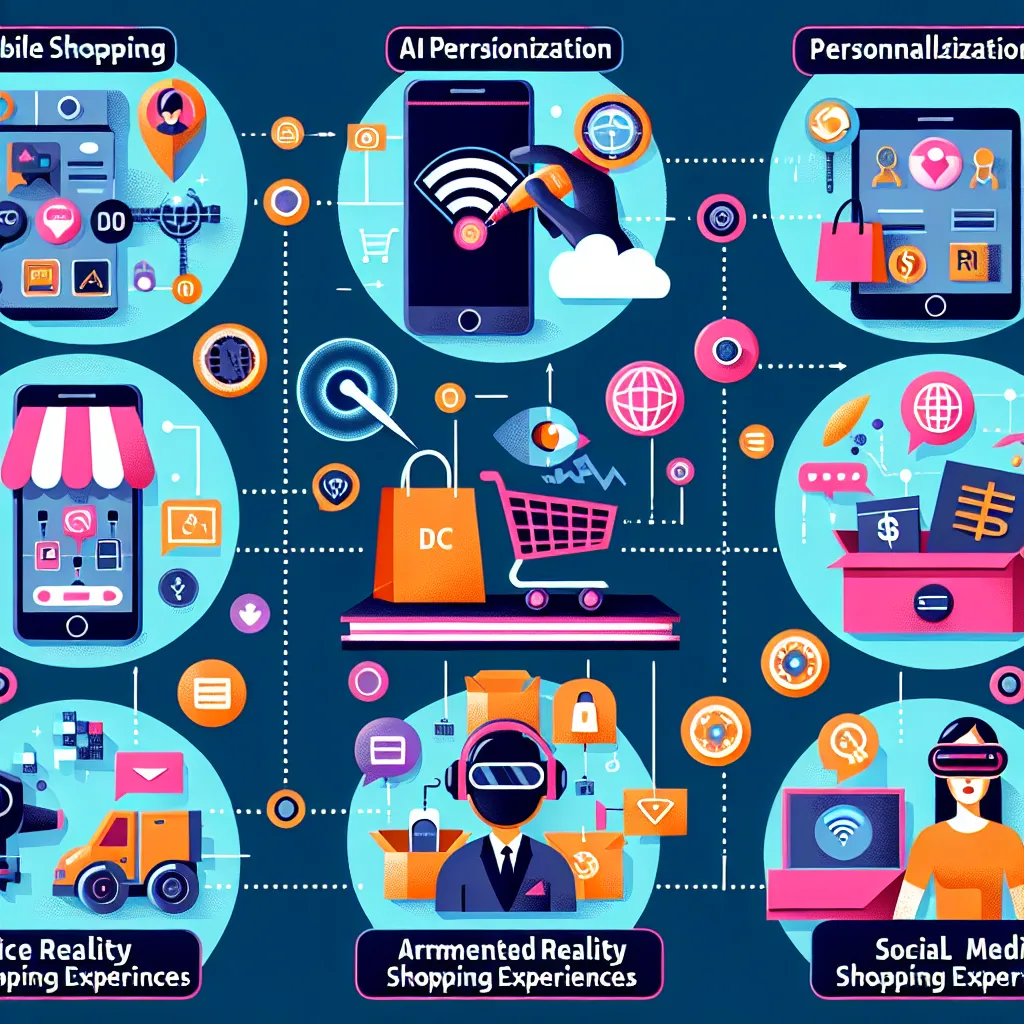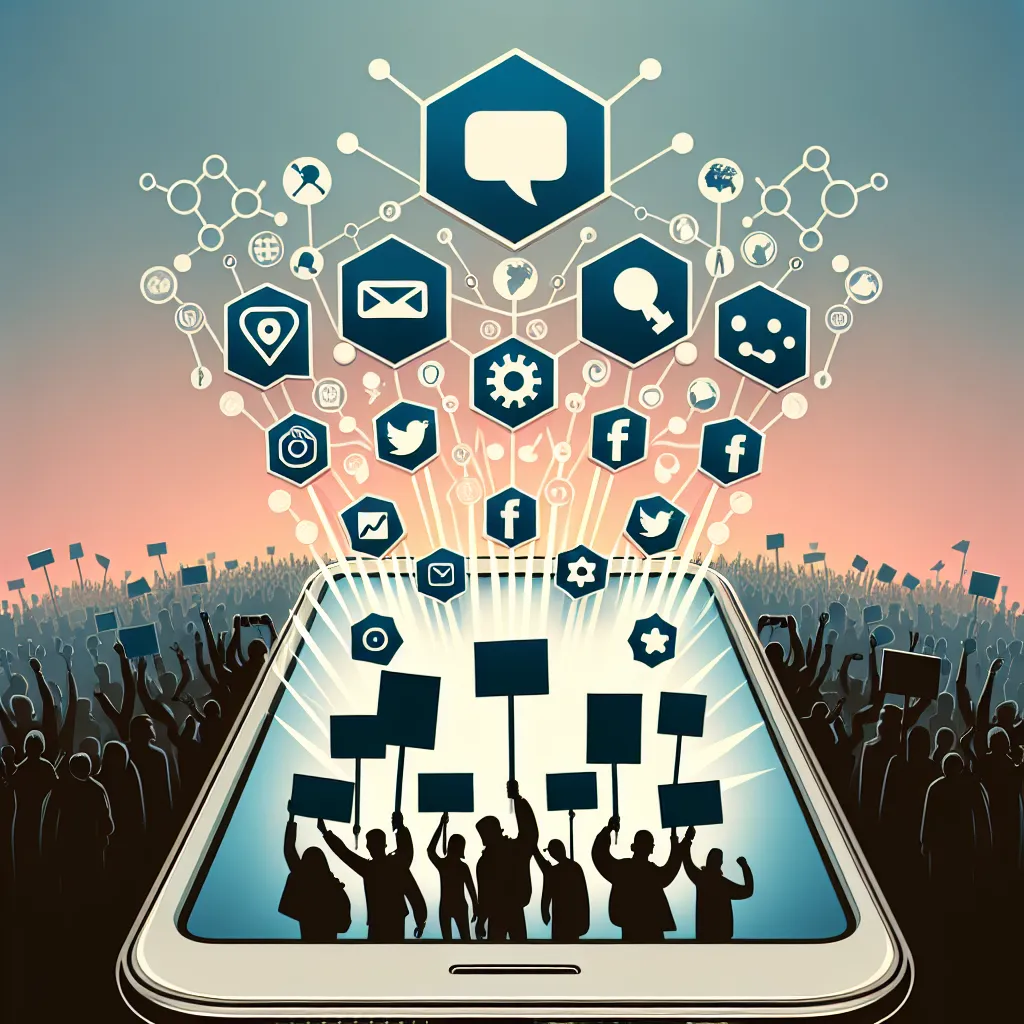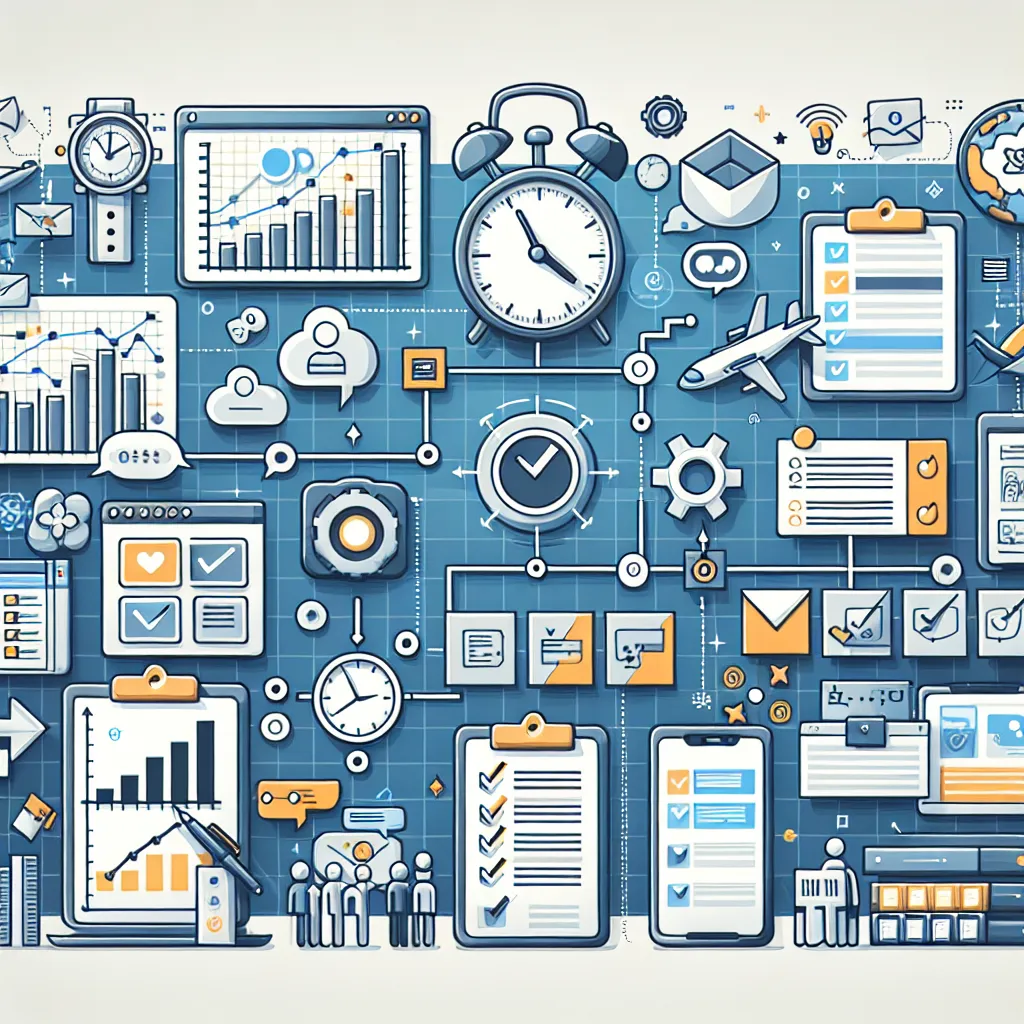Welcome to our IELTS Reading practice test focused on the ever-evolving world of e-commerce. The Reading section of the IELTS exam assesses your ability to comprehend complex texts and answer various question types within a time limit. Today, we’ll explore a topic that has become increasingly prevalent in recent years – top e-commerce trends.
Nội dung bài viết
Based on our analysis of past IELTS exams and current global trends, e-commerce-related topics have appeared with growing frequency. Given the rapid digital transformation across industries, it’s highly likely that you may encounter a similar passage in your actual IELTS test. Let’s dive into this practice exercise to sharpen your reading skills and expand your knowledge of this dynamic field.
 E-commerce trends infographic
E-commerce trends infographic
Practice Test: Top E-commerce Trends Reshaping the Retail Landscape
Reading Passage
The landscape of retail is undergoing a seismic shift, propelled by technological advancements and changing consumer behaviors. E-commerce, once a novel concept, has now become an integral part of our daily lives, with online shopping experiences continuously evolving to meet and exceed customer expectations. As we navigate through this digital revolution, several key trends are emerging that are set to redefine the future of online retail.
One of the most significant trends is the rise of mobile commerce, or m-commerce. With smartphones becoming ubiquitous, consumers are increasingly using their mobile devices to browse and make purchases. This shift has necessitated the development of mobile-optimized websites and dedicated shopping apps, providing seamless experiences across devices. Retailers who fail to adapt to this mobile-first approach risk losing a substantial portion of their potential market share.
Another transformative trend is the integration of artificial intelligence (AI) and machine learning in e-commerce platforms. These technologies are being leveraged to personalize shopping experiences, predict consumer behavior, and optimize inventory management. AI-powered chatbots and virtual assistants are enhancing customer service, providing instant responses to queries and guiding shoppers through their purchasing journey. Furthermore, recommendation engines utilizing machine learning algorithms are becoming increasingly sophisticated, offering highly targeted product suggestions based on browsing history, purchase patterns, and demographic data.
The concept of omnichannel retail is also gaining traction, blurring the lines between online and offline shopping experiences. Retailers are striving to create a cohesive brand experience across all touchpoints, whether it’s in-store, online, or through social media platforms. This integration allows customers to seamlessly transition between channels, for instance, ordering online and picking up in-store, or trying products in-store and having them delivered to their homes.
Augmented reality (AR) and virtual reality (VR) technologies are revolutionizing the way consumers interact with products online. These immersive technologies enable shoppers to visualize products in their own environment before making a purchase decision. For instance, furniture retailers are using AR to allow customers to see how a piece of furniture would look in their home, while cosmetics brands are offering virtual try-on experiences for makeup products.
Sustainability has become a crucial factor influencing consumer choices, and e-commerce businesses are responding accordingly. There’s a growing emphasis on eco-friendly packaging, sustainable sourcing, and transparent supply chains. Many online retailers are now offering ‘green’ delivery options and promoting products with lower environmental impacts, catering to the increasing number of environmentally conscious consumers.
The rise of social commerce is another trend reshaping the e-commerce landscape. Social media platforms are evolving beyond their traditional role as marketing channels and are now becoming direct sales platforms. Features like shoppable posts and in-app checkouts are making it easier for consumers to discover and purchase products without leaving their favorite social media apps.
Voice commerce, enabled by smart speakers and virtual assistants, is emerging as a convenient way for consumers to make purchases. As voice recognition technology improves, more shoppers are using voice commands to search for products, compare prices, and place orders, hands-free.
Lastly, the subscription economy is flourishing within the e-commerce sector. From curated boxes of products to software-as-a-service models, subscription-based e-commerce is providing consumers with convenience and personalized experiences while offering businesses predictable recurring revenue streams.
As these trends continue to evolve and new ones emerge, the e-commerce landscape will undoubtedly undergo further transformations. Retailers who stay ahead of these trends and adapt their strategies accordingly will be well-positioned to thrive in this dynamic digital marketplace. The future of e-commerce promises exciting possibilities, with technology continuing to enhance and redefine the online shopping experience.
Questions
True/False/Not Given
- Mobile commerce is becoming increasingly popular due to the widespread use of smartphones.
- All e-commerce websites are now optimized for mobile devices.
- AI and machine learning are being used to personalize shopping experiences.
- Omnichannel retail allows customers to have a consistent experience across different shopping platforms.
- Augmented reality is primarily used in the fashion industry.
Multiple Choice
-
According to the passage, which of the following is NOT mentioned as a benefit of AI in e-commerce?
A) Personalized shopping experiences
B) Improved customer service
C) Targeted product recommendations
D) Faster shipping times -
The concept of omnichannel retail refers to:
A) Selling products exclusively online
B) Creating a cohesive brand experience across all touchpoints
C) Focusing solely on in-store experiences
D) Selling products only through social media platforms
Matching Headings
Match the following headings to the appropriate paragraphs in the passage. There are more headings than paragraphs, so you will not use all of them.
- Paragraph 4
- Paragraph 6
- Paragraph 8
Headings:
A) The Growth of Voice-Activated Shopping
B) Enhancing Online Shopping with Virtual Experiences
C) The Importance of Eco-Friendly E-commerce Practices
D) The Merging of Online and Offline Retail Experiences
E) The Future of E-commerce Payment Methods
F) Social Media as a Direct Sales Channel
Sentence Completion
Complete the following sentences using NO MORE THAN THREE WORDS from the passage.
- Retailers who don’t adapt to a ____ approach risk losing market share.
- AI-powered chatbots and virtual assistants are improving ____ by providing instant responses to queries.
- The subscription economy offers businesses ____ revenue streams.
Answer Key
-
True
-
Not Given
-
True
-
True
-
False
-
D
-
B
-
D
-
C
-
A
-
mobile-first
-
customer service
-
predictable recurring
Explanations
-
The passage states that “consumers are increasingly using their mobile devices to browse and make purchases,” confirming this statement.
-
The passage mentions that mobile optimization is necessary but doesn’t state that all websites have been optimized, making this Not Given.
-
The passage explicitly mentions that AI and machine learning are being used to personalize shopping experiences.
-
The text describes omnichannel retail as creating “a cohesive brand experience across all touchpoints,” confirming this statement.
-
While AR is mentioned for furniture and cosmetics, it’s not stated as being primarily used in the fashion industry, making this False.
-
The correct answer is D. The passage mentions personalization, customer service, and product recommendations as benefits of AI, but doesn’t mention faster shipping times.
-
B is correct, as the passage defines omnichannel retail as creating “a cohesive brand experience across all touchpoints.”
-
D best matches paragraph 4, which discusses the integration of online and offline shopping experiences.
-
C accurately describes paragraph 6, which focuses on sustainability and eco-friendly practices in e-commerce.
-
A corresponds to paragraph 8, which discusses voice commerce through smart speakers and virtual assistants.
-
The passage states that retailers who fail to adapt to a “mobile-first” approach risk losing market share.
-
The text mentions that AI-powered chatbots and virtual assistants are enhancing “customer service” by providing instant responses.
-
The passage states that subscription-based e-commerce offers businesses “predictable recurring” revenue streams.
Common Mistakes to Avoid
- Overlooking specific details: Pay close attention to precise wording in both the passage and questions.
- Making assumptions: Avoid inferring information not explicitly stated in the text, especially for True/False/Not Given questions.
- Time management: Don’t spend too much time on difficult questions; move on and return if time permits.
- Misinterpreting headings: Ensure you understand the main idea of each paragraph before matching headings.
- Exceeding word limits: In sentence completion tasks, adhere strictly to the specified word limit.
Key Vocabulary
- Ubiquitous (adjective) – /juːˈbɪkwɪtəs/ – present, appearing, or found everywhere
- Seamless (adjective) – /ˈsiːmləs/ – smooth and continuous, with no apparent gaps or spaces between one part and the next
- Leverage (verb) – /ˈlevərɪdʒ/ – use (something) to maximum advantage
- Cohesive (adjective) – /kəʊˈhiːsɪv/ – characterized by or causing cohesion; unified and consistent
- Immersive (adjective) – /ɪˈmɜːsɪv/ – providing, involving, or characterized by deep absorption or immersion in something
- Transparent (adjective) – /trænsˈpærənt/ – open to public scrutiny; easily seen through or detected
- Flourishing (adjective) – /ˈflʌrɪʃɪŋ/ – developing rapidly and successfully; thriving
Grammar Focus
Pay attention to the use of present continuous tense to describe ongoing trends:
- Structure: Subject + is/are + verb-ing
- Example from the text: “Retailers are striving to create a cohesive brand experience across all touchpoints.”
- Practice: Create sentences describing other current e-commerce trends using this tense.
Tips for Success in IELTS Reading
- Improve your reading speed through regular practice with complex texts.
- Develop your skimming and scanning skills to quickly locate relevant information.
- Expand your vocabulary, particularly in business and technology domains.
- Practice time management strategies to ensure you complete all questions within the allotted time.
- Familiarize yourself with all question types that appear in the IELTS Reading test.
- Read the instructions carefully for each question type.
- Use context clues to understand unfamiliar words.
- Always base your answers on the information provided in the passage, not your personal knowledge.
Remember, consistent practice is key to improving your IELTS Reading score. Regularly engage with diverse reading materials and practice various question types to enhance your skills. Additionally, staying informed about current trends in e-commerce and digital marketing can provide valuable background knowledge for similar passages you might encounter in the actual test.
By mastering these strategies and continuously expanding your knowledge, you’ll be well-prepared to tackle any e-commerce-related passage in your IELTS Reading test. Good luck with your preparation!


